ROOM: The Space magazine is one of the top magazines on space exploration, technology and industry. At ROOM, we share a common goal – promotion of peaceful space exploration for the benefit of humankind, all while bringing you detailed articles on an assortment,a range of current topics. Our authors include researchers and industry leaders from all over the world, which lets us bring you the most up-to-date and comprehensive information about hubble space galaxy pictures.
 February 2020
Preserving our space heritage
February 2020
Preserving our space heritage
... to curate? The answer to the latter question is perhaps an easier one to address. Scientific satellites such as the Hubble Space Telescope (HST) have contributed enormously to our understanding of the universe and are surely worth preserving. The..., not simply image them. For this we would need a larger satellite that could not only take pictures of the target, but also rendezvous with it and provide it with ‘curatorial services’ that would help ...
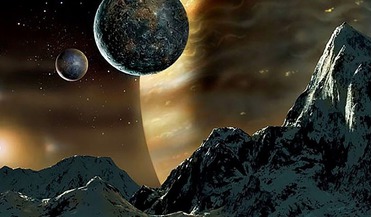 March 2016
Why We Need Space Artists
March 2016
Why We Need Space Artists
... areas that seemed like the gates of Hell itself. In deep space - the province of stars, nebulae and galaxies - even the Hubble Space Telescope and developments in terrestrial observing have not superseded but only provided... much new material for space artists. Black holes, pulsars, quasars and ...
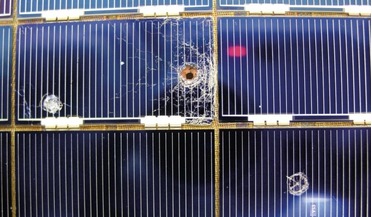 February 2021
Space archaeology - preserving our orbital heritage
February 2021
Space archaeology - preserving our orbital heritage
...the regulations) but now awaiting the inevitability of atmospheric drag and gravity to take effect. The Hubble Space Telescope - cultural as well as scientific icon. Harvest option The threat posed by debris within .... Case study One notable space asset within the space heritage discussion is the Hubble Space Telescope (HST). Launched in 1988 aboard Space Shuttle Discovery, it is clear that the venerable space telescope has a limited future...
 February 2022
Revolution and responsibility: the challenges of space
February 2022
Revolution and responsibility: the challenges of space
...at the beginning of the twenty-first century. Surrounded by stars - this starfield, captured by the NASA/ESA Hubble Space Telescope’s Wide Field Camera 3 and Advanced Camera for Surveys, contains the globular cluster ESO 520... (also known as Palomar 6). Astronomers tell us that the observable universe has between 100 and 200 billion galaxies, each of them encompassing several hundred billion stars. So many stars The step on the Moon accomplished 50...
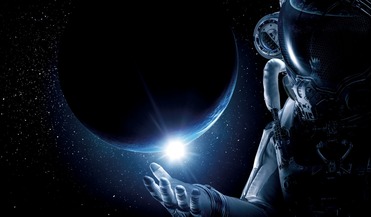 January 2023
Original Sin - Power, Technology and War in Outer Space
January 2023
Original Sin - Power, Technology and War in Outer Space
...interlinked. “Politics has always been at the heart of humankind’s exploration and utilisation of space, and the space programmes themselves have never been able to transcend terrestrial international politics”. US astronaut, Kevin Ford...in part originally designed and funded to meet the Pentagon’s and the Intelligence Community’s needs. The Hubble Space Telescope is an adapted KH-11 spy satellite that simply looks to the cosmos rather than down on...
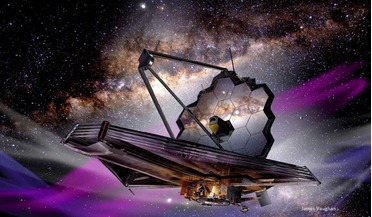 May 2022
Essential guide to the James Webb Space Telescope
May 2022
Essential guide to the James Webb Space Telescope
... galaxies to hunting for possible signs of life around nearby worlds. Although we have planned extraordinary science, we cannot imagine the universe the James Webb Space Telescope is about to reveal. WST is not ‘Hubble’s Replacement’ but ‘Hubble’s Successor’, designed to build on Hubble...
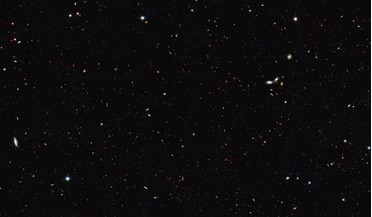 14 October 2016
Observable Universe is populated with 10 times as many galaxies as previously thought
14 October 2016
Observable Universe is populated with 10 times as many galaxies as previously thought
...been estimated that around 100 billion galaxies populate the observable Universe[1]. Now, an international team of astronomers using data from the NASA/ESA Hubble Space Telescopes and other telescopes have ...University of Nottingham, UK, painstakingly converted deep space images from Hubble and data from his team's previous work, into 3D, in order to make accurate measurements of the number of galaxies at different times in the Universe's history...
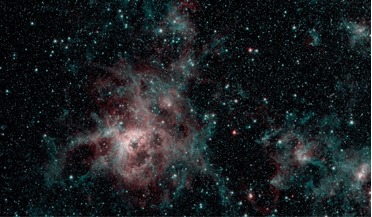 May 2020
Space astronomy at the limits of technology
May 2020
Space astronomy at the limits of technology
..., has worked on all four of NASA’s Great Observatories - Hubble, Compton, Chandra and Spitzer – which gives him a fairly unique perspective on space science. ROOM’s US editor, Amanda Miller, delves into his engineering... the Jet Propulsion Laboratory in Pasadena, California, on 30 January 2020. My first Great Observatory was the Hubble Space Telescope (HST). I was a team member on the high resolution spectrograph, which was one of the instruments...
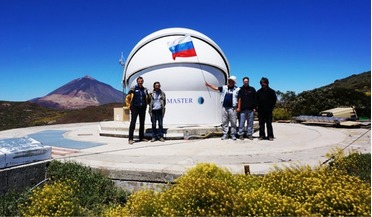 February 2017
Global robotic network for monitoring near-Earth and outer space
February 2017
Global robotic network for monitoring near-Earth and outer space
... Jupiter which is 8.6 km in diameter, has an absolute magnitude of 21 and the visible light limit of the Hubble Space Telescope is 32. The angular speed of movement can reach 20-50 degrees per second. In recent years, the MASTER system...matter onto white dwarves in small dual-star systems), eruptive variables (accretive white dwarves), active galaxy nuclei flashes (blazars, quazars, supermassive black holes), dual star systems of unknown origins, ...